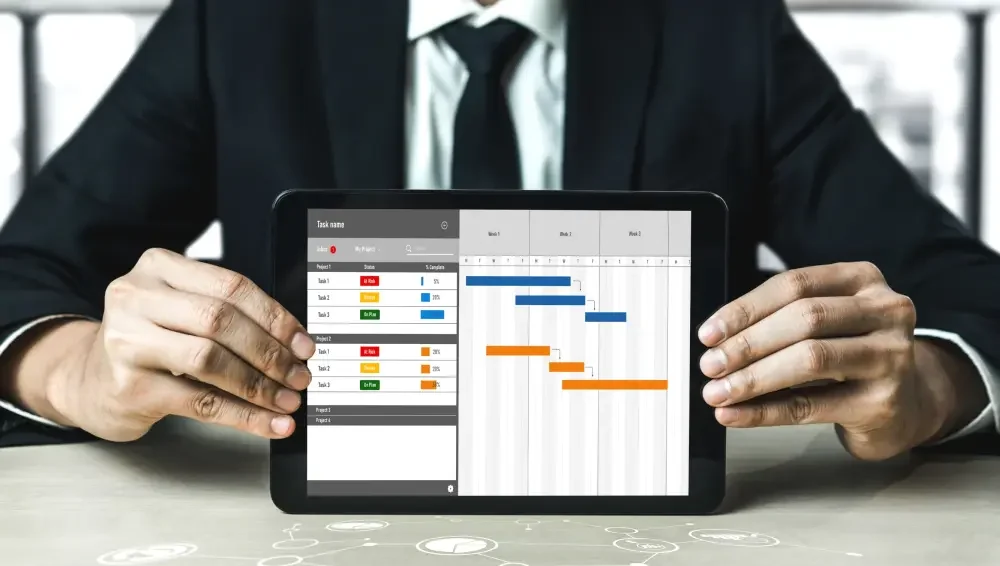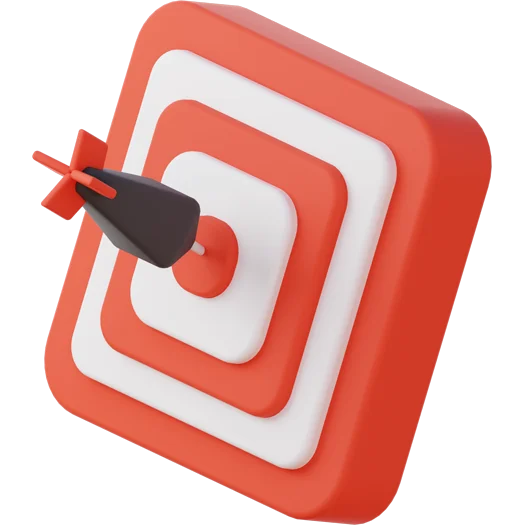In the fast-paced world of business, time is a valuable resource. Crafting, managing, and delivering proposals is a critical part of winning new clients and securing projects, but when handled manually, the process can be slow, prone to errors, and resource-intensive. Automating your proposal workflow with a Proposals Module not only speeds up the process but also enhances accuracy and improves overall efficiency. Here’s why automating your proposal workflow is key to optimizing business operations.
1. Accelerate Proposal Creation and Delivery
Manual proposal creation can be time-consuming, especially when each proposal needs to be customized for different clients. Automation simplifies the process, allowing you to create and send proposals faster.
How automation speeds up proposal creation:
– Template-based systems: Automation tools come with pre-built templates that can be easily customized, reducing the time spent formatting and designing proposals from scratch.
– Auto-fill data: Information like client details, project scope, and pricing can be automatically populated using your CRM or database, minimizing manual data entry.
– Instant delivery: Once a proposal is ready, it can be sent directly to the client with the click of a button, speeding up the entire proposal cycle.
With automation, you can quickly create professional proposals tailored to each client, reducing turnaround times and increasing the likelihood of winning new business.
2. Reduce Human Errors and Improve Accuracy
One of the most significant risks in manual proposal creation is the potential for errors, whether it’s in pricing, client details, or service descriptions. Automating your proposal workflow helps reduce these human errors, ensuring greater accuracy across all proposals.
Key benefits of error reduction through automation:
– Auto-generated pricing: Pricing and calculations can be automated based on predefined rules, eliminating mistakes caused by manual calculations.
– Data consistency: Automation pulls data directly from your CRM or other systems, ensuring that client information, product details, and terms are accurate and up to date.
– Error-checking: Automated systems often include error-checking tools that highlight inconsistencies or missing data, preventing costly mistakes.
By minimizing errors, you create proposals that are more accurate, reliable, and reflective of your professionalism, which can lead to increased client trust and higher win rates.
3. Streamline Team Collaboration
Creating proposals often requires input from multiple departments, such as sales, finance, and legal. Automating your proposal workflow simplifies team collaboration, allowing everyone to work together more effectively.
How automation streamlines collaboration:
– Centralized platform: Team members can collaborate within a single platform, eliminating the need for back-and-forth emails and document sharing.
– Real-time updates: Changes made to the proposal are visible in real time, ensuring that everyone is working with the most current version.
– Defined workflows: Automating the approval process means that each department can review and approve proposals within a clear workflow, preventing delays and confusion.
By automating collaboration, teams can work more efficiently, reducing the time it takes to complete and deliver proposals.
4. Automate Proposal Tracking and Follow-Up
Once a proposal is sent, tracking its progress and following up with clients can be time-consuming. Automating your proposal workflow allows you to track client interactions and schedule follow-ups automatically.
How tracking and follow-up automation works:
– Real-time tracking: See when clients open, view, and engage with your proposal, giving you valuable insights into their interest level.
– Automated reminders: Schedule automatic follow-up reminders based on client behavior, ensuring that no opportunity slips through the cracks.
– Status updates: Get real-time notifications when a proposal is viewed, approved, or requires action, helping you stay proactive in managing client interactions.
This automation not only ensures timely follow-ups but also helps sales teams prioritize leads based on real-time engagement data.
5. Boost Proposal Approval Speed with E-Signatures
Waiting for manual signatures can slow down the approval process significantly. A Proposals Module with e-signature integration speeds up the final stages of the proposal process, ensuring quicker approvals and project kickoffs.
Advantages of automating proposal approvals:
– Faster client sign-offs: Clients can approve and sign proposals digitally, eliminating the need for physical paperwork and cutting down delays.
– Secure and compliant: E-signatures are legally binding and secure, ensuring compliance while simplifying the approval process.
– Instant notifications: Once a proposal is signed, both parties receive automatic notifications, allowing projects to move forward without delay.
Automating the approval process reduces administrative back-and-forth, helping you close deals faster and more efficiently.
6. Centralized Proposal Management for Better Organization
Managing multiple proposals across different clients and projects can quickly become overwhelming without proper organization. Automating your proposal workflow provides centralized management, making it easier to organize, store, and track all your proposals.
How centralized proposal management helps:
– Easy access to all proposals: Store all proposals in a single platform, making it easy to find and reference previous documents as needed.
– Consistent tracking: Automated systems track the status of each proposal, so you always know where it stands in the approval process.
– Improved auditability: Maintain a clear record of every proposal sent, reviewed, and signed, improving transparency and accountability.
With all your proposals organized in one place, you can easily manage high volumes of documents without losing track of key details or deadlines.
7. Enhanced Analytics and Insights
Automating your proposal workflow doesn’t just streamline the process—it also provides valuable analytics and insights that help improve future proposals. By analyzing data on proposal performance, businesses can refine their approach and increase their win rates.
Key analytics insights include:
– Proposal success rates: Track which proposals get approved and identify patterns in successful bids.
– Client engagement: Analyze how clients engage with your proposals, including which sections they spend the most time on.
– Process improvements: Use data to identify bottlenecks in the proposal process, enabling you to optimize workflows for greater efficiency.
With these insights, businesses can continuously improve their proposal strategy, leading to more wins and faster growth.
Conclusion: Automating Proposal Workflows for Maximum Efficiency
Automation is transforming the way businesses create, manage, and deliver proposals. By integrating a Proposals Module, companies can accelerate proposal creation, reduce errors, streamline collaboration, and boost overall efficiency. From automated data input and e-signatures to real-time tracking and analytics, automating your proposal workflow is crucial for businesses looking to improve their operations and win more deals. For businesses serious about maximizing productivity and success, automating the proposal process is a must.



